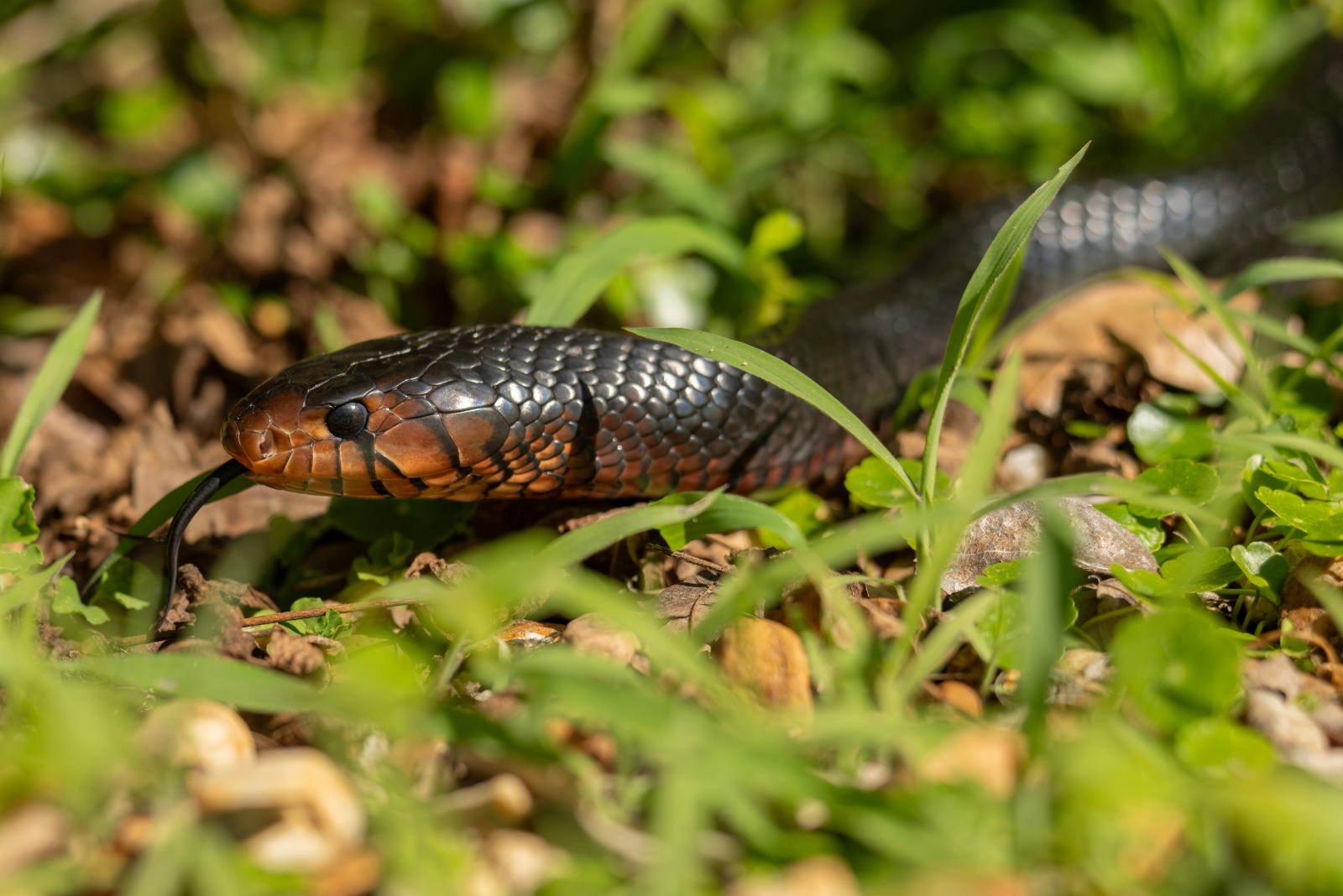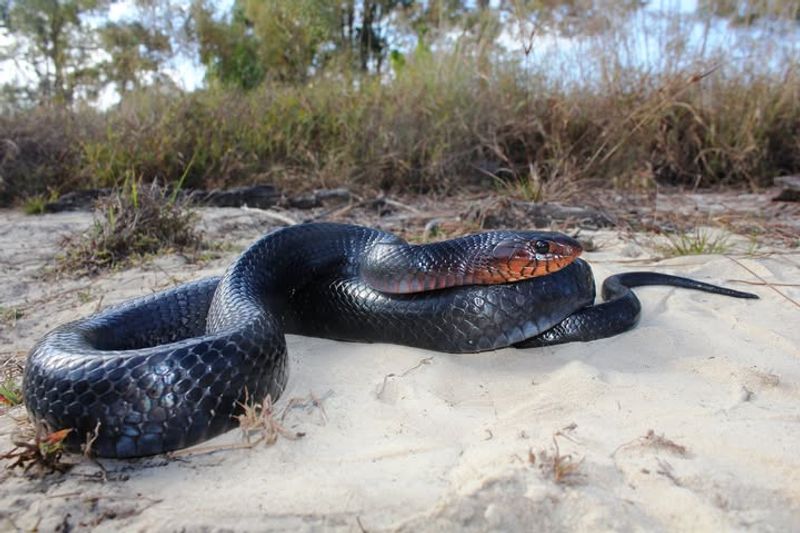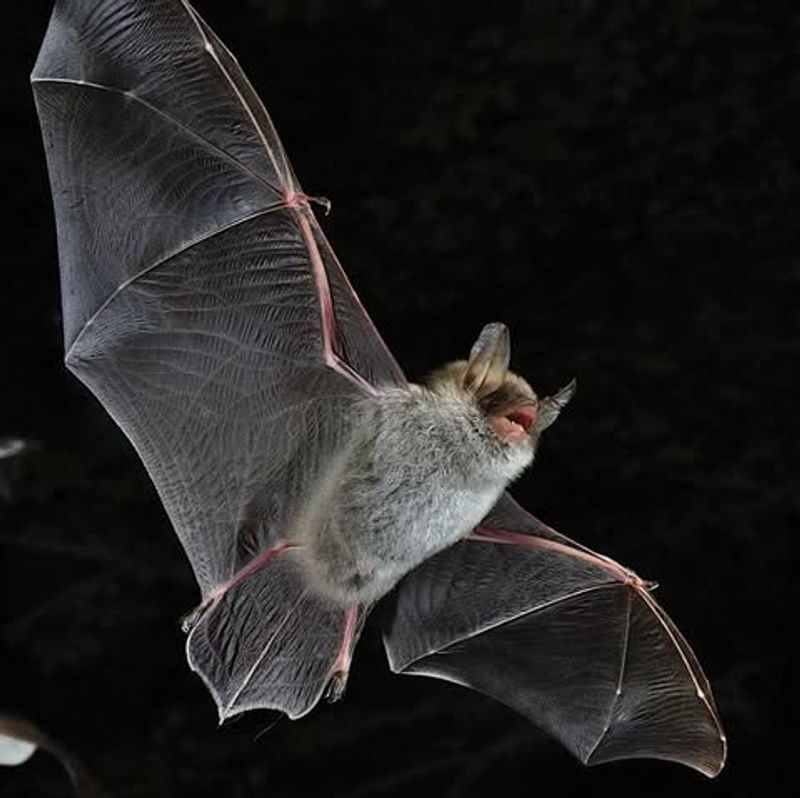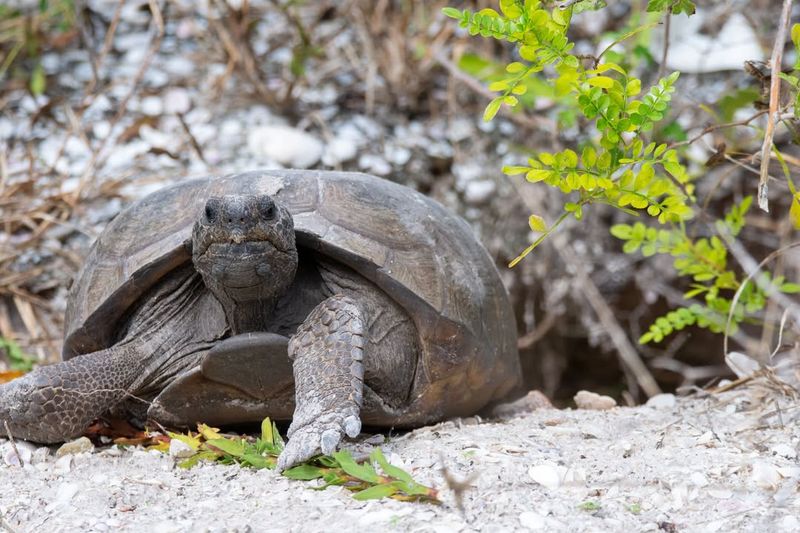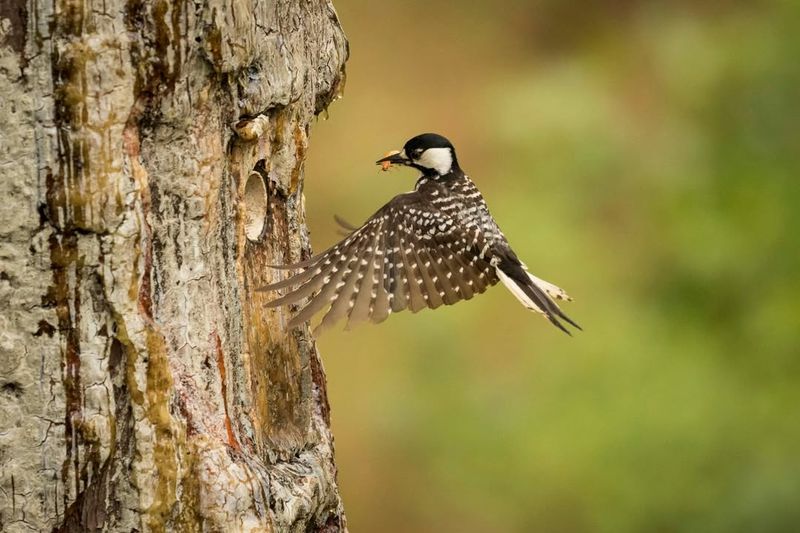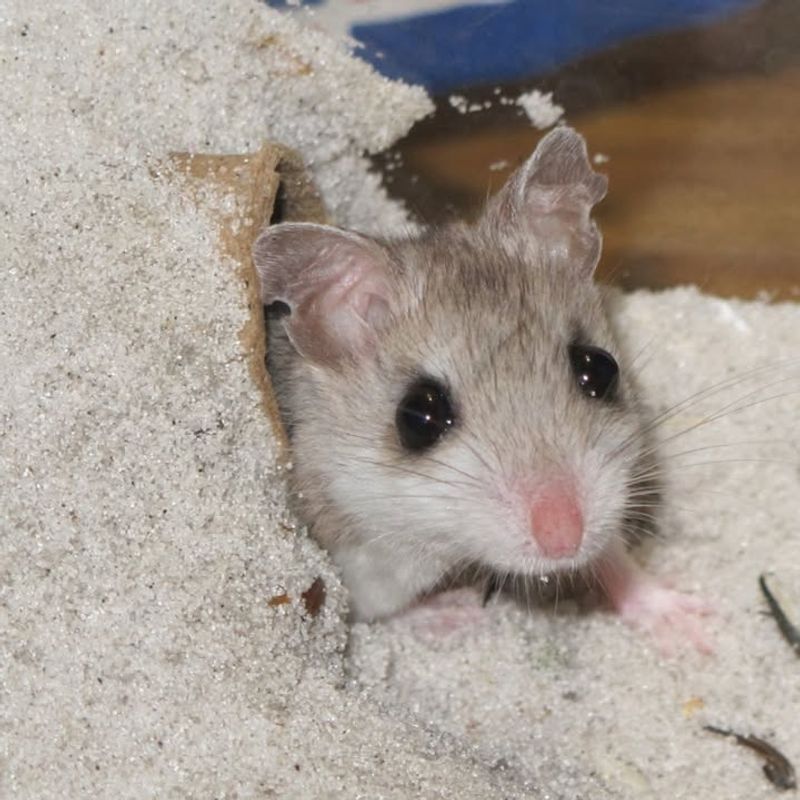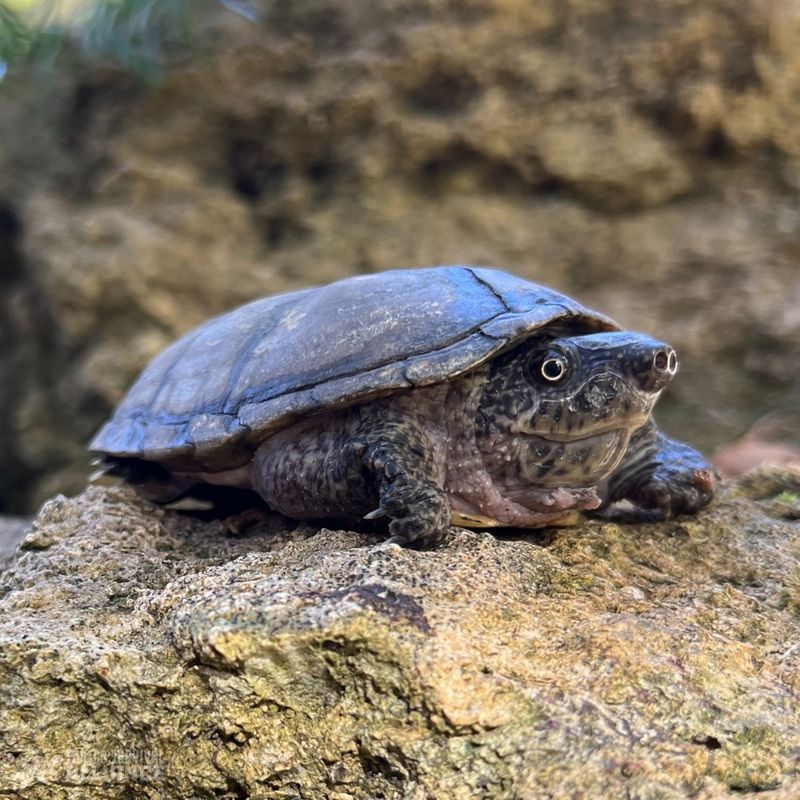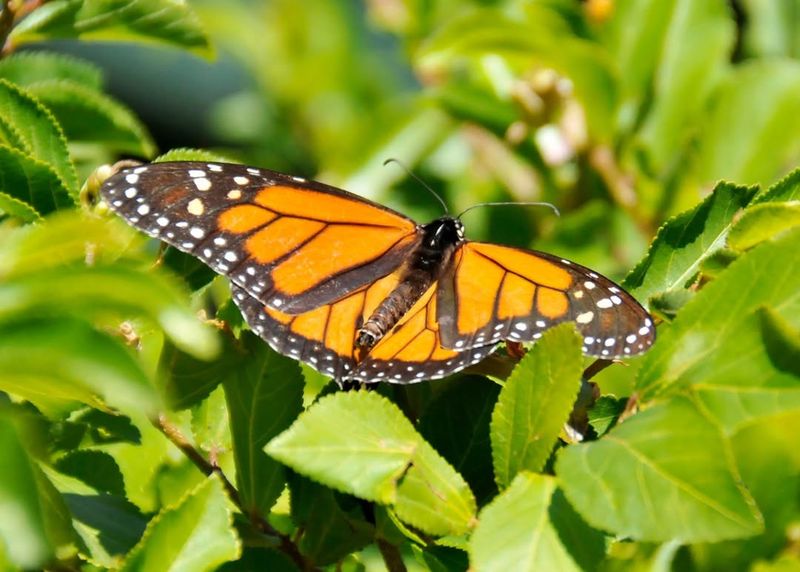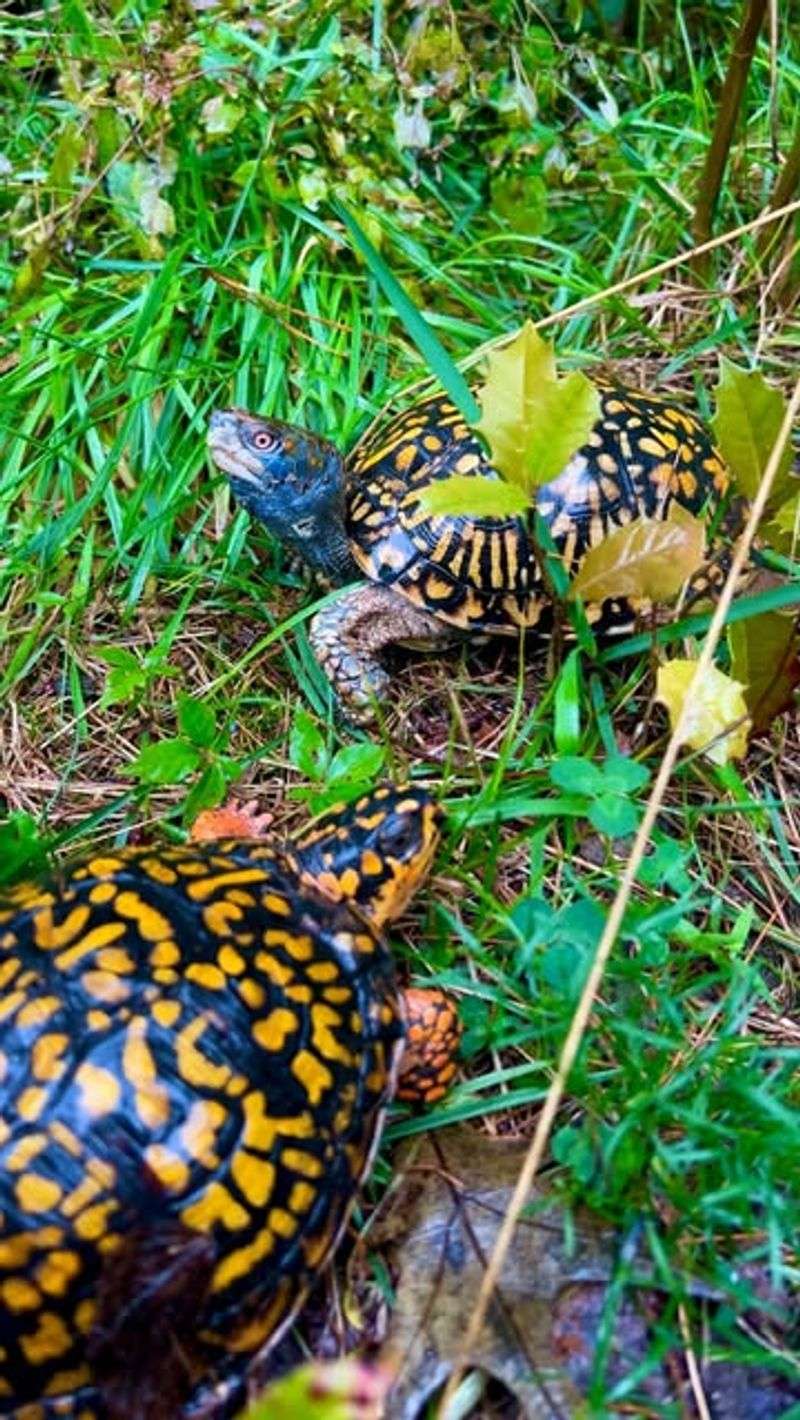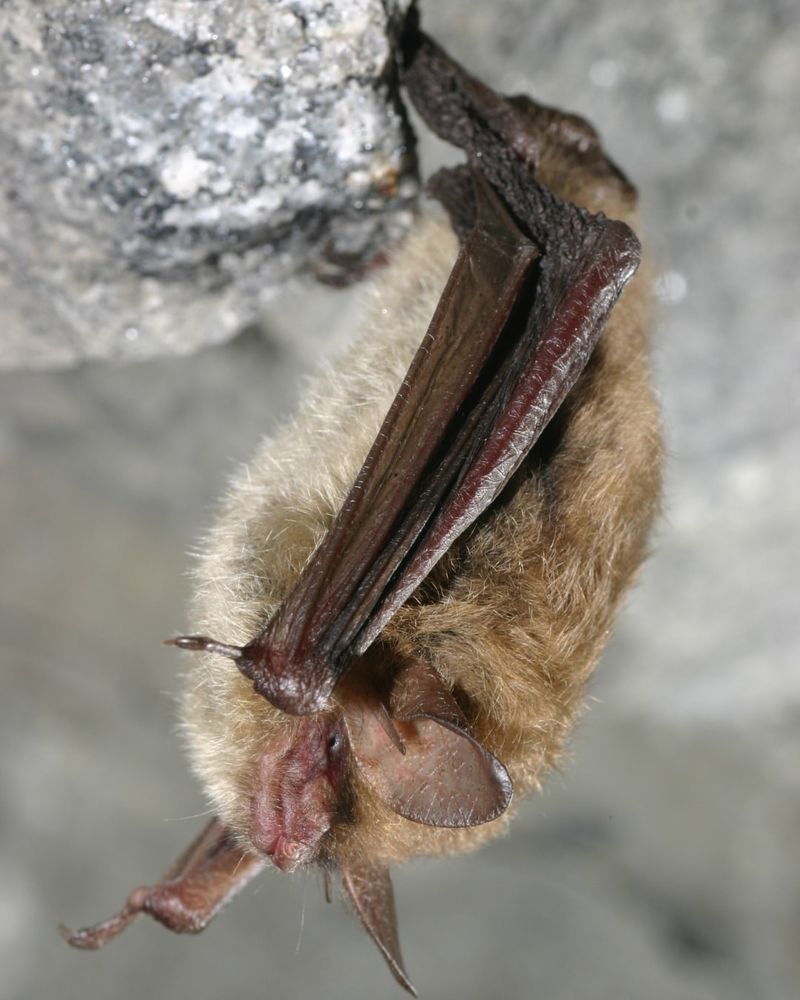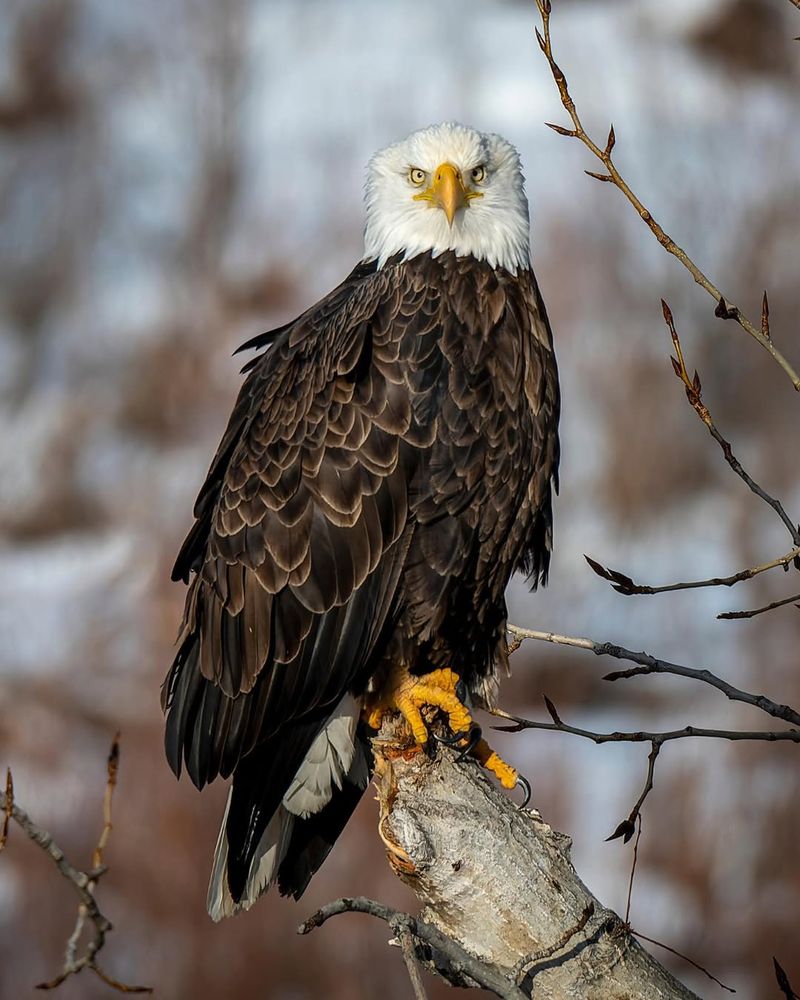Alabama has some surprising wildlife laws that many homeowners aren’t aware of. Certain creatures are protected, and removing them could get you into trouble.
I’ve compiled ten you need to know about so you can stay on the right side of the law. Your Alabama home or garden will stay both safe and legal!
1. Eastern Indigo Snake
Alabama residents might encounter this magnificent reptile basking near their gardens. Protected under the Endangered Species Act, the Eastern Indigo Snake cannot be removed, harmed, or relocated without special permits.
Reaching up to eight feet long, this non-venomous beauty sports shiny blue-black scales that shimmer in sunlight. Despite its intimidating size, it poses no threat to humans and actually helps control rodent populations around your property.
If you spot one in Alabama, consider yourself lucky and simply admire it from a safe distance.
2. Gray Bat
Finding bats in your Alabama attic might seem alarming, but the Gray Bat enjoys federal protection as an endangered species. Removing or disturbing these nocturnal flyers can result in serious legal consequences.
Weighing less than an ounce, these tiny mammals provide incredible pest control by devouring thousands of insects nightly. Their populations crashed dramatically due to cave disturbances and pesticide use across Alabama.
Contact wildlife professionals if Gray Bats roost in your home, as they’ll guide you through legal exclusion methods during appropriate seasons.
3. Gopher Tortoise
Spotted a turtle-like creature digging elaborate tunnels in your Alabama yard? Gopher Tortoises are protected by state law and cannot be relocated or harmed under any circumstances.
Often called nature’s engineers, these gentle reptiles create burrows that shelter over 350 other species. Their populations have declined significantly due to habitat loss throughout Alabama’s coastal regions.
Let them dig freely on your property—their burrows actually improve soil drainage and provide fascinating natural entertainment for curious observers watching from respectful distances.
4. Red-Cockaded Woodpecker
Hearing persistent tapping on the pine trees around your Alabama home? Red-Cockaded Woodpeckers are federally protected endangered birds that require specific habitat to survive.
Unlike their relatives, these specialized woodpeckers only nest in living pine trees infected with a fungal disease called red heart rot. Males sport tiny red streaks behind their eyes, though they’re nearly impossible to spot.
Alabama landowners with these feathered residents receive special recognition for supporting endangered species recovery efforts throughout the southeastern United States.
5. Alabama Beach Mouse
Coastal Alabama homeowners occasionally discover these adorable rodents scurrying through their beachfront properties. Federal law strictly prohibits removing or harming Alabama Beach Mice due to their endangered status.
Sporting pale fur that blends perfectly with sandy dunes, these tiny mammals face constant threats from habitat destruction and hurricanes. They’re found exclusively along Alabama’s Gulf Coast in a very limited range.
Keep cats indoors if you live near their habitat, as predation significantly impacts their already vulnerable populations throughout Alabama’s precious coastal ecosystems.
6. Flattened Musk Turtle
Discovered a peculiar turtle with an unusually flat shell in your Alabama water garden? The Flattened Musk Turtle receives protection under state regulations and shouldn’t be removed.
Living exclusively in clear, rocky streams across northern Alabama, these aquatic reptiles rarely exceed five inches in length. Their pancake-like shells allow them to squeeze into narrow rock crevices to escape predators.
Pollution and habitat degradation threaten their survival throughout Alabama’s waterways, making every individual crucial for maintaining healthy populations in their limited native range.
7. Monarch Butterfly
Watch orange-and-black wings flutter through your Alabama garden with newfound appreciation. While not yet officially listed, Monarch Butterflies receive protection in many Alabama municipalities due to their concerning population decline.
These incredible insects migrate thousands of miles between Mexico and North America annually. Their caterpillars feed exclusively on milkweed plants, which are disappearing rapidly across Alabama.
Plant native milkweed species in your yard to support their journey through Alabama. Local ordinances increasingly protect butterfly habitats, so verify regulations before making major landscaping changes.
8. Eastern Box Turtle
Finding a box turtle wandering through your Alabama property might tempt you to relocate it, but state law prohibits removing these charming reptiles from their home territories.
With stunning yellow and orange patterns decorating their shells, these land turtles can live over 100 years in the wild. Moving them even short distances dramatically reduces their survival chances.
Alabama residents who encounter box turtles should leave them exactly where they’re found. Their incredible homing instinct means relocated individuals spend their remaining lives desperately searching for familiar territory.
9. Northern Long-Eared Bat
Those long ears poking out from behind your Alabama barn siding belong to a federally threatened species. Northern Long-Eared Bats cannot be disturbed or removed without following strict federal guidelines.
White-nose syndrome, a devastating fungal disease, has decimated their populations across Alabama and neighboring states. These beneficial mammals consume enormous quantities of agricultural pests, providing free pest control for farmers.
If they’ve taken residence in your Alabama structure, consult certified wildlife professionals who understand legal exclusion timing to avoid harming mothers with dependent young.
10. Bald Eagle
America’s national symbol sometimes builds massive nests near Alabama homes, especially along rivers and lakes. Bald Eagles remain protected under multiple federal laws despite their recovery from endangered status.
Their nests can weigh over a ton and span eight feet across, growing larger each year. Disturbing active nests, even on your own Alabama property, carries severe penalties.
Maintain a respectful distance of at least 330 feet from nesting trees. Alabama residents lucky enough to host nesting eagles often find their property values increase due to this prestigious wildlife presence.

